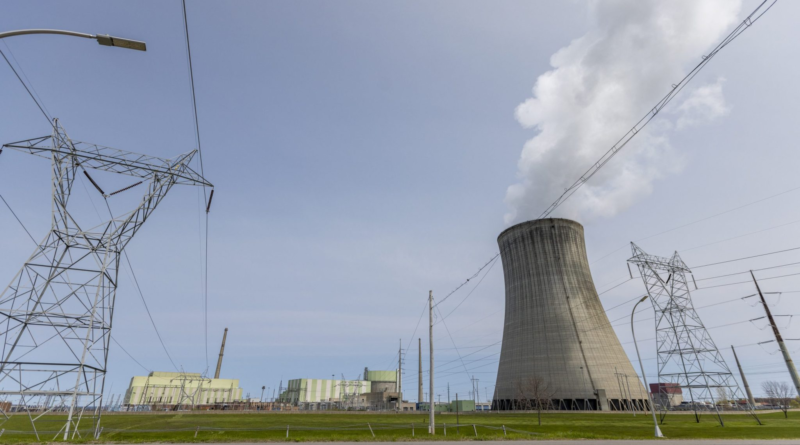Google will help build seven nuclear reactors to power its AI systems
Google is adding nuclear plants to its seemingly ever-growing portfolio. The company has partnered with Kairos Power to back the construction of seven small nuclear reactors in the U.S. It’s the first agreement of its kind.
The first plant is expected to come online by 2030, the company announced in a blog post. Other reactors will be deployed by 2035. All totaled, the deal will funnel 500 megawatts of power to the company’s AI technologies—enough to power a midsized city.
“Nuclear solutions offer a clean, round-the-clock power source that can help us reliably meet electricity demands with carbon-free energy every hour of every day,” Google wrote in the blog post. “Advancing these power sources in close partnership with supportive local communities will rapidly drive the decarbonization of electricity grids around the world.”
The smaller reactors created by Kairos, a nuclear-energy startup, are different than the towers most people think of when they conjure up an image of a nuclear reactor. The company uses a molten salt cooling system (much like the one that will be used for the on-site reactor being built on the campus of Abilene Christian University), which operates at a lower pressure. The company broke ground on a demonstration reactor, which will be unpowered, earlier this year in Tennessee.
Google did not unveil the cost of the partnership. The project site (or sites) have not yet been determined.
Google’s announcement comes weeks after Microsoft announced a partnership with Constellation Energy that will see the undamaged reactor at Three Mile Island, the site of the worst nuclear accident in U.S. history, resume operations to power Microsoft’s AI data centers.
Experts have warned data centers could become a big strain on the U.S. power grid, with the nine-year projected growth forecast for North America essentially doubling from where it stood a year ago. Last year, the five-year forecast from Grid Strategies projected growth of 2.6%. That number has since nearly doubled to 4.7%—and planners expect peak demand to grow by 38 gigawatts. In real-world terms, that’s sufficient to power 12.7 million homes.
Data Sheet: Stay on top of the business of tech with thoughtful analysis on the industry’s biggest names.
Sign up here.




